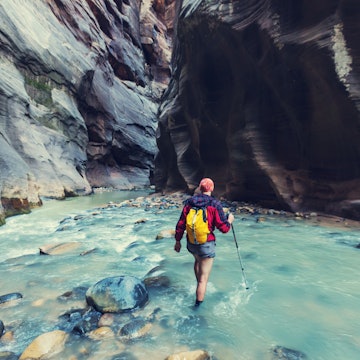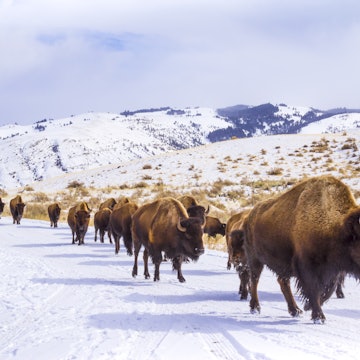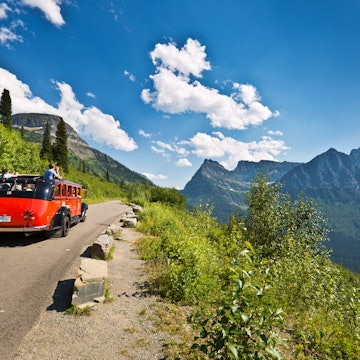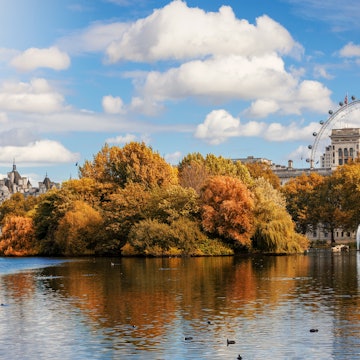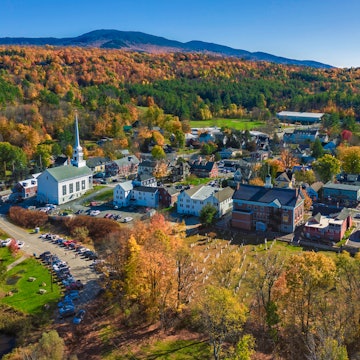
Jackson Hole’s 8 best hikes bring wildflowers, river crossings and baby moose

Jan 23, 2022 • 8 min read

Hikes around, through and up the Grant Tetons can have steep climbs – with views that make every step worth it © aaronj9/Shutterstock
Finding a fabulous hiking trail in Jackson Hole is easy. Picking which one to follow is hard.
Early fur trappers used the term “hole” to describe a valley entirely enclosed by mountains – and the term could not more perfectly describe Jackson Hole, with its broad swath of alpine meadows and sagebrush highlands defined by the dramatic spires of the Teton Range to the west and the Gros Ventre Range to the east. More peaks extend in all directions, including the Hobart Range just outside the town of Jackson; the Snake River range; and the Wind River Range, where Gannett Peak, at 13,804 feet, is the tallest in the state.
The result is that hikers experience a constant dilemma: how to choose between hundreds of trails? Each offers its own temptations – a cascading mountain stream, a serene alpine lake, or the triumph of a summit and its 360-degree views.
Below is our attempt to help you make the right choice. Our selection of the area’s best hikes includes some popular favorites, and others a bit more off the beaten path.
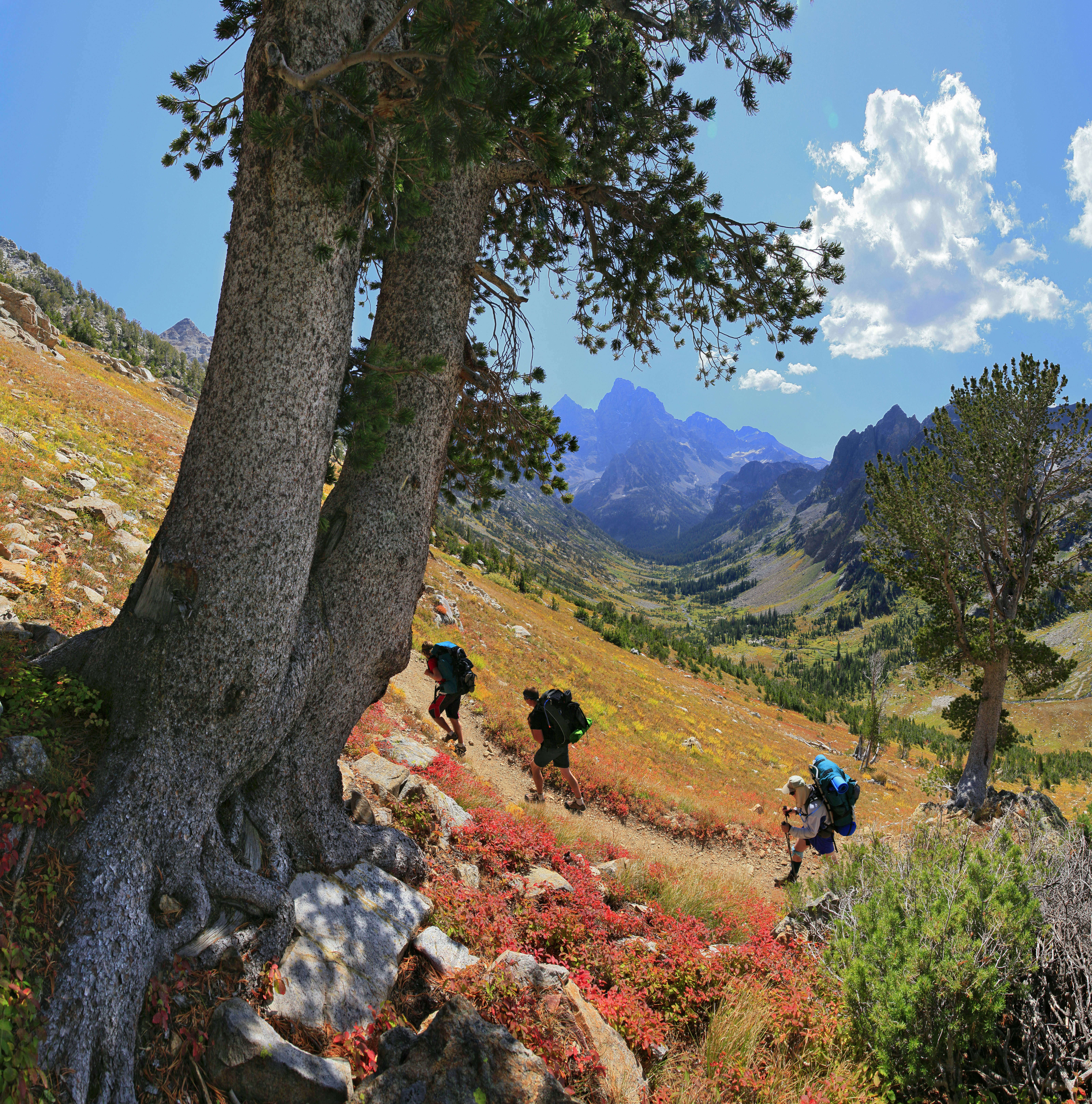
Cirque Trail, Jackson Hole Resort Aerial Tram
2.5 miles; easy to moderate
This mostly downhill adventure starts with a brisk aerial tram ride up 10,450ft Rendezvous Mountain in the Jackson Hole Mountain Resort ski area, reaching the summit in a thrilling 12 minutes. Climb the stairs to Corbett’s Cabin, where you can stock up on snacks or even sit down for a plate of waffles before hitting the trail.
Look for signs for the Cirque Trail, a challenging single track that switchbacks more than 1300 feet down the mountain to the Bridger Gondola. More challenging than it looks at the start, Cirque involves several steep descents over loose rock, but rewards with a series of stunning views as it winds through meadows full of wildflowers.
Another option is to follow the wider gravel road that zigzags down the mountain to the west, shortening the hike to 1.8 miles but requiring a short climb to the gondola at the end. Another reward for either hike: a cold drink and savory snacks at the top-of-gondola restaurants. Families with small children and those wanting an easier hike can do the half-mile Top of the World stroll or the moderate two-mile trek to the Rock Springs Overlook. Note that any of these trails can be done in reverse, riding the gondola up then hiking to the summit.
Snow King
2 miles; moderate
Less than a mile from downtown Jackson at the base of the Snow King ski resort, the manageable trail to the summit is a locals’ favorite for lunchtime and after-work hikes. While fit hikers can reach the top of Snow King in an hour, it’s by no means easy as it involves 1500 feet of elevation gain up a steep trail (there’s a lift available for the downhill ride if needed) – with views that are well worth it. The panorama opens up to the Teton and Gros Ventre ranges as well as the valley below; you might even glimpse the mountains of Yellowstone hazy on the horizon. Several other trail options are available from the Snow King trailhead, including connections with the Cache Creek trail network, allowing hikers to craft a variety of longer routes as they please.
Sleeping Indian
12 miles roundtrip; experienced hikers only
One of the highest peaks in the Gros Ventre wilderness, 11,239ft Sleeping Indian provides exactly the kind of challenge experienced hikers love: a 12 to 14-mile round trip (depending on route) through whitebark pine forests and wide-open meadows, with what some consider the best view of the Tetons from the top. Also known as Sheep Mountain (and often listed that way on maps) this peak takes its name from the silhouette visible in the rocky ridge rising above the tree line. Getting to the top involves more than 4000 feet of altitude gain from a start point of 7000 feet, with a couple of rocky scrambles at the end – not something to attempt on your first day at high altitude or if you’re new to peak climbing. Masses of lupine, paintbrush and black-eyed Susan spread across the meadows along this trail, making it a favorite of wildflower photographers.

Phelps Lake Loop
6.3 miles; easy to moderate
At the north end of Jackson Hole, Grand Teton National Park is beloved by hikers for its abundance of lesser-known trails, which keep the crowds down and make it possible to enjoy its tumbling streams and hidden lakes in relative solitude. Within the park at its southern end, the 1106-acre Laurance S Rockefeller Preserve – a favorite of families for its gentle terrain and frequent wildlife sightings – provides access to the Phelps Lake Loop.
Numerous options include taking the Woodland Trail directly to continuing around the lake, or reaching the lake via the Aspen Ridge trail, extremely popular in fall when the aspen groves are aglow. Before hitting the trail, take a few minutes to learn about the native flora and fauna in the well-designed Laurance S Rockefeller Preserve Center. A short section of this trail is currently closed due to reconstruction of the Phelps Lake Outlet Bridge; check the preserve’s website for current trail conditions. Also note the preserve does not allow dogs, even leashed.
Alaska Basin
16-mile loop; challenging
Like Grand Teton National Park, Alaska Basin in the Jedediah Smith Wilderness has jaw-dropping views of the peaks, challenging trails for long-distance hiking, and lush meadows that are prime viewing for moose, bear and other wildlife. And it’s far less crowded and requires no entrance fee to boot. Accessed from either the west or east side of the Teton Range, Alaska Basin is a pristine, bowl-shaped valley crisscrossed by rivers and streams with stunning views.
With an extended trail network that can easily keep you busy for days, the basin is a favorite with backpackers and requires no permit for camping since it’s outside the national park boundary. Alaska Basin can be accessed from either the eastern and western side of the Tetons and requires traversing approximately eight miles from either side to reach the basin itself. Plan for a full long day to complete the entire loop. River crossings can be necessary on this hike, usually via logs or stepping stones. And as with any backcountry Teton hike, bear spray is a good idea.
Grand Targhee Chairlift Hikes
.5 mile–5 miles; varied
On the west side of Jackson Hole, the chairlift at Grand Targhee ski resort provides access to an extensive network of trails, all boasting great views over the Jedediah Smith Wilderness and the Tetons from a new angle. At the top, the half-mile Summit Trail and three-quarter-mile Marmot Trail cross the rocky ridge top, with stops at the Summit Observation Platform and Summit Nature Center for views and exhibits. The aspens are glorious along Bannock Trail, which passes through diverse pine and hardwood forests before emerging at the Summit Observation Platform. Hiking down is more than half the fun here, as the valley spreads out below your feet, growing closer as you descend.
Table Mountain
11 miles; challenging
Climbing Table Mountain is a rite of passage for visitors looking to experience a wide variety of terrain and notch a wilderness summit doable as a day hike. Most visitors make this hike as a loop, following the steep 4.5-mile Face Trail in one direction and the 6.5-mile North Teton Trail in the other. (Whether you prefer a gentler climb to a straight-up ascent will probably determine your choice.) If a post-peak swim is on your agenda, return via the North Teton Trail, which follows the North Fork of Teton Creek through a verdant canyon. The lush meadows and woodlands along this route are prime nursery territory for moose and bear, so watch for mamas and their offspring. Those with less time can do this as an out-and-back on the Face Trail, shortening the distance to 9 miles. Wild huckleberries are plentiful on this hike, so come ready to snack.
Darby Canyon and Wind Cave
6.3 miles; moderate
Who doesn’t love an eerie cave, or a dramatic plunging waterfall? Put the two together and it’s easy to see why the hike up Darby Canyon to Wind Cave is so popular. After lulling you into complacency with a meander through thick forests and a pleasant stream crossing, the trail begins to rise, passing into the Jedediah Smith Wilderness and edging up an ever-narrower canyon enclosed by craggy cliffs.
Ledges, overhangs and stream cascades make good resting spots – much-needed ones too, thanks to an 1800-foot elevation gain. Soon the cave comes into view and below it, the waterfall, seemingly spits forth from the depths. The trail takes you to the base of the falls and from there it’s possible to clamber up to the cave, taking care not to slip on the wet rock. The narrow, high-ceilinged cave is fun to peek into; venture a little way in and you’ll feel the frigid breeze that lends it its name. A mile-long underground passageway connects Wind Cave with nearby Ice Cave, but only experienced cavers should explore beyond the entrance, as there are sudden drop-offs into deep water below.
You might also like:
The 12 best day trips in the Rocky Mountains
How to choose the best ski pass this winter
This luxury train lets you see the Rocky Mountains in a whole new way







